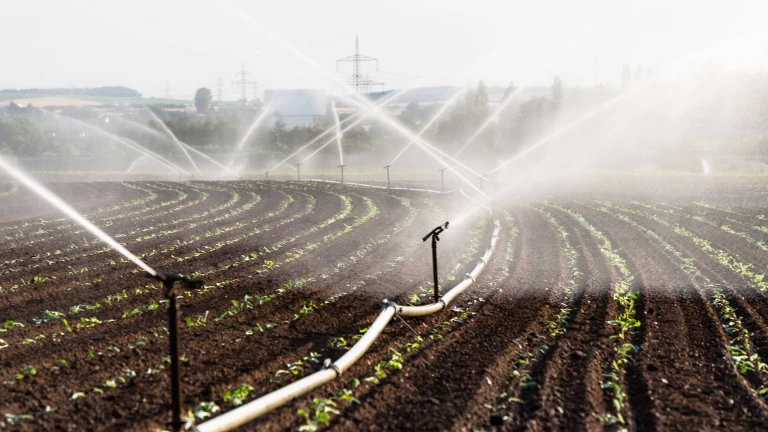Right now, the European Commission is calling on member states to improve their water efficiency by at least 10% by 2030.
The target—not legally binding—is part of the EU’s new European Water Resilience Strategy, which seeks to restore a vital natural resource that has been depleted by pollution, drought, and environmental degradation.
To meet the new target, EU countries are being urged to modernize their water infrastructure through public and private funding, as well as the take-up of digital solutions such as leakage detection or network optimization.
The So What
“The EU is sending a signal that something needs to change, and Europe needs to prepare for a new normal when it comes to water use,” says Dean Muruven, an associate director at BCG and an expert in integrated water resource management.
More than a third of the EU’s population is already experiencing water scarcity, according to the European Environment Agency. Even regions where water resilience has not been a concern so far, such as Berlin and its surrounds, are on the brink of substantial water stress. Indeed, Germany is one of several European countries that has adopted its own strategy to adapt water infrastructure to climate change.
Despite the severity of the crisis, and the potential benefits to be gained in addressing it, water remains vastly underfunded and undervalued across the global economy.
“Water has been taken for granted for far too long. Although it is invaluable it is constantly undervalued, because it has never been priced in the way it should be,” says Torsten Kurth, global leader of BCG’s nature practice.
A recent BCG report found widespread undervaluation and mispricing of water has created a market that “deters responsible usage, allocation, and investment” in conservation and management.
There are ample investment opportunities that could yield returns while serving the common good, and climate adaptation and resilience is rapidly emerging as the next trillion-dollar investment opportunity for private equity.
For water, cross-sector collaboration will be key. The sweet spot might be moving into a multisectoral approach to find the shared solutions that benefit everybody, rather than having one sector carrying all the risk.
Technology, including AI, also has an important role to play by encouraging greater circularity of water. For example, by using predictive algorithms to efficiently re-use water at sports clubs, or analyzing soil moisture and crop requirements to reduce wastewater during irrigation. The key will be to find ways to scale such models across cities and communities.
Data analytics could be used to model an entire water system and then dynamically allocate and even price water for different users.
While technology can help address the water crisis to a certain extent, it’s important to remember where water comes from—nature. Alongside tech and engineered solutions, it is vital to adopt nature-based solutions and ensure the protection of wetlands, rivers, and aquifers that provide Europe’s water.
Featured Insights: Explore the ideas shaping the future of business
Now What
Governments, businesses, and organizations may consider the following to catalyze shifts in water management and investment.
Develop Local Water Resilience Strategies. Water stress and scarcity is often highly localized and region specific so local strategies will be important within the overarching goals of authorities. Harnessing local knowledge such as traditional irrigation systems or rainwater harvesting is often very beneficial. This is even more the case when combined with smart solutions like the cultivation of drought-tolerant crops and the reuse of greywater. Engaging the local community is paramount in all these efforts.
Optimizing water pricing. Valuing water accurately allows policymakers to create pricing models that reflect its scarcity and environmental costs while ensuring access for all. Approaches such as variable usage fees and tiered pricing can incentivize conservation and generate additional revenue. Using tools such as BCG’s Water Value Framework can help capture the full value of water in a specific location or industry and provide a clearer risk-and-return picture for investors.
Harnessing technology and innovation. Cutting-edge technologies such as smart water grids, AI-powered management systems, and advanced desalination and wastewater treatment systems offer significant yields for investors. Those in enabling sectors such as information technology can leverage their skills to scale digital solutions, while financial institutions can increase investments for improving water re-use in cities, companies, and households.
Promoting partnerships and innovative finance. Facilitating an enabling environment is crucial for the private sector to engage with other stakeholders, including the public sector and the wider community. New business models allow cross-sectoral partners to share the risks and benefits. And financing initiatives such as water funds demonstrate successful models in which downstream users, including cities, businesses, and utilities, invest in upstream conservation to enhance water quality and availability.




